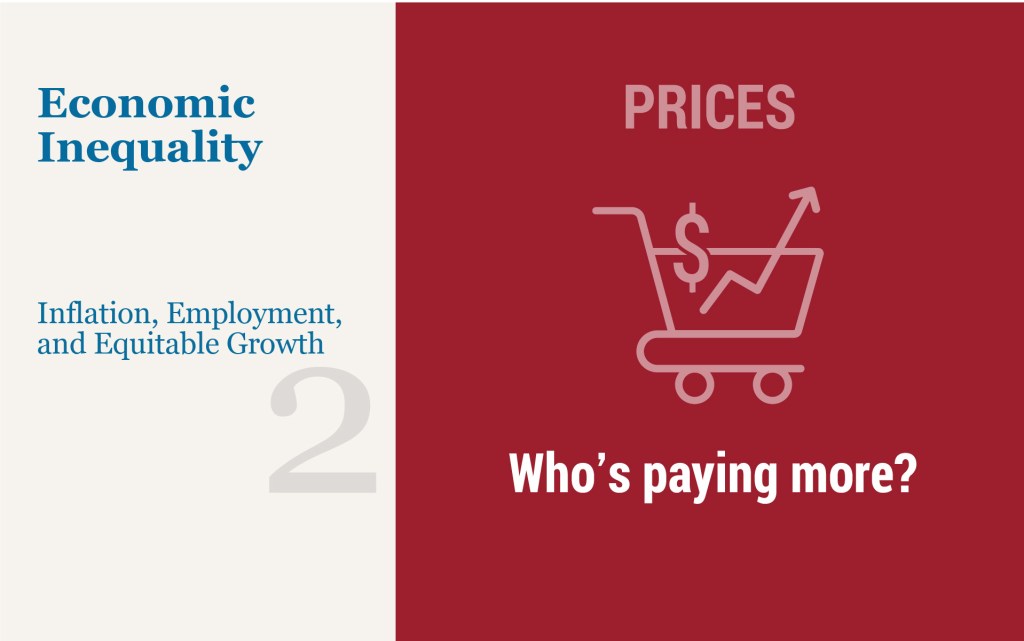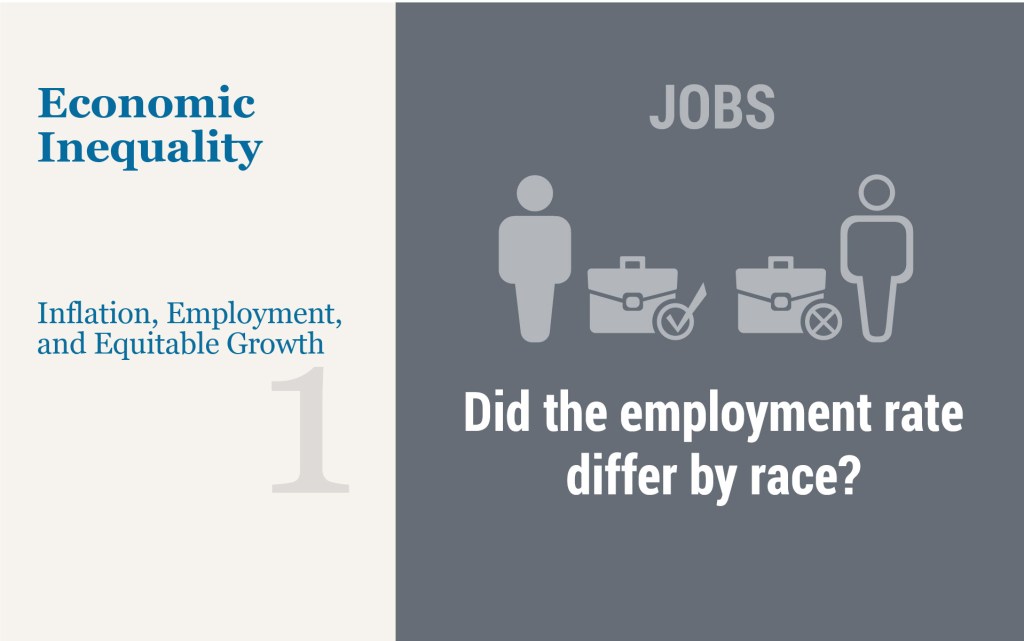
What are the implications of climate change, and climate change–related policies, for macroeconomics in general and monetary policy in particular? This is the key question debated at a recent symposium on “Climate Change: Implications for Macroeconomics” organized by the Applied Macroeconomics and Econometrics Center (AMEC) of the New York Fed on May 13. This post briefly summarizes the content of the discussion and provides links to recordings of the various sessions and the participants’ slides.



















 RSS Feed
RSS Feed Follow Liberty Street Economics
Follow Liberty Street Economics